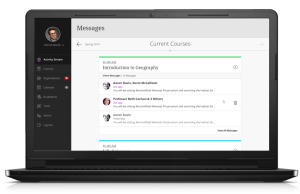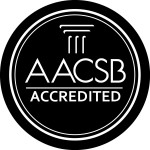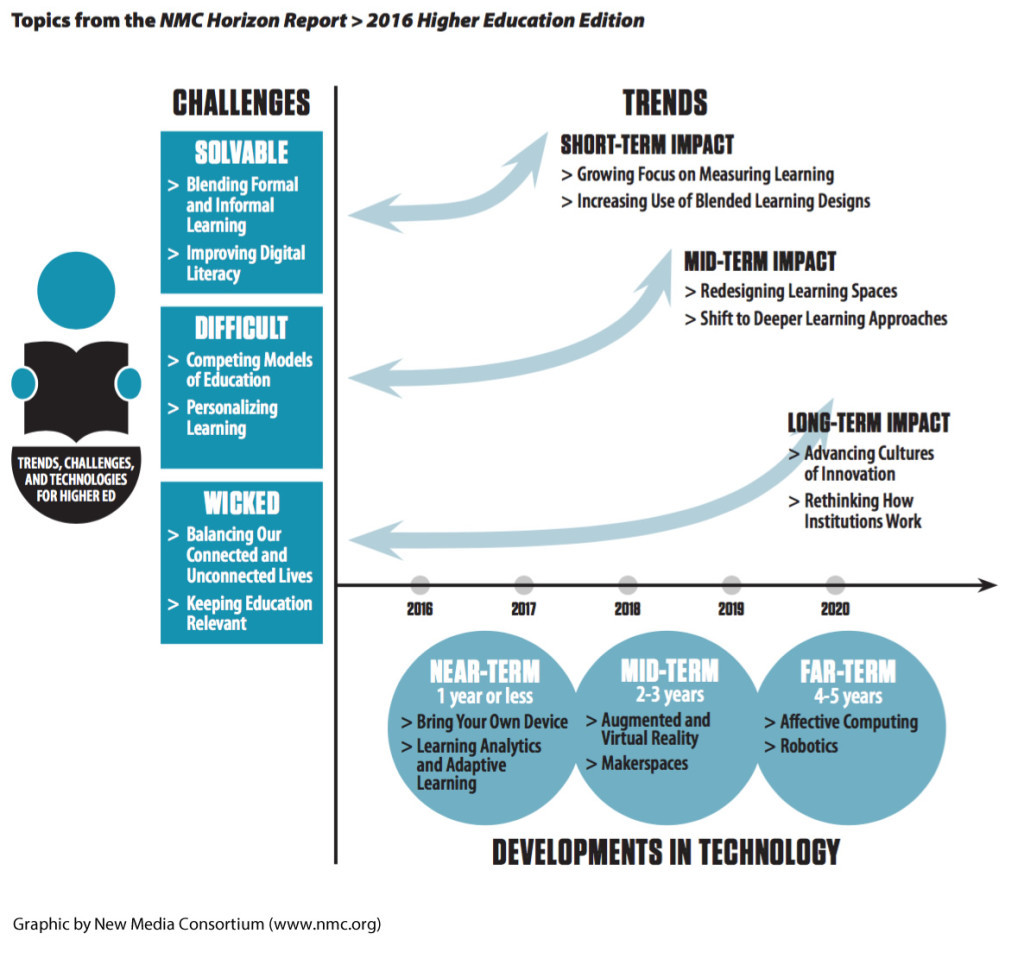With feedback from users, Blackboard is building a new user experience called “Ultra” for both learners and educators that is more modern, personalized, and intuitive. The focus has been to zero in to improve the most-used features and significantly reduce the number of clicks per task.
Blackboard has announced its new Educator Preview where instructors can test drive the new Blackboard Learn with the Ultra experience. In the Educator Preview you’ll see a new, easy to use navigation as well as two course types to play around in.

- The Original Course has all of the features you’re familiar with from Blackboard Learn today.
- The Ultra Course leverages Blackboard’s new design and makes it easier than ever to build and teach great courses.
To get started, simply visit preview.blackboard.com and click register.
For more information, email educatorpreview@blackboard.com


 I am completing my EdD through Boise State University. For my dissertation I am studying quality assurance in online MBA programs. I am currently seeking an expert panel for a Delphi study that will start in the next 1-2 weeks. This study will involve three online surveys, each taking approximately 15-20 minutes to complete. I am recruiting for three groups of experts:
I am completing my EdD through Boise State University. For my dissertation I am studying quality assurance in online MBA programs. I am currently seeking an expert panel for a Delphi study that will start in the next 1-2 weeks. This study will involve three online surveys, each taking approximately 15-20 minutes to complete. I am recruiting for three groups of experts:



